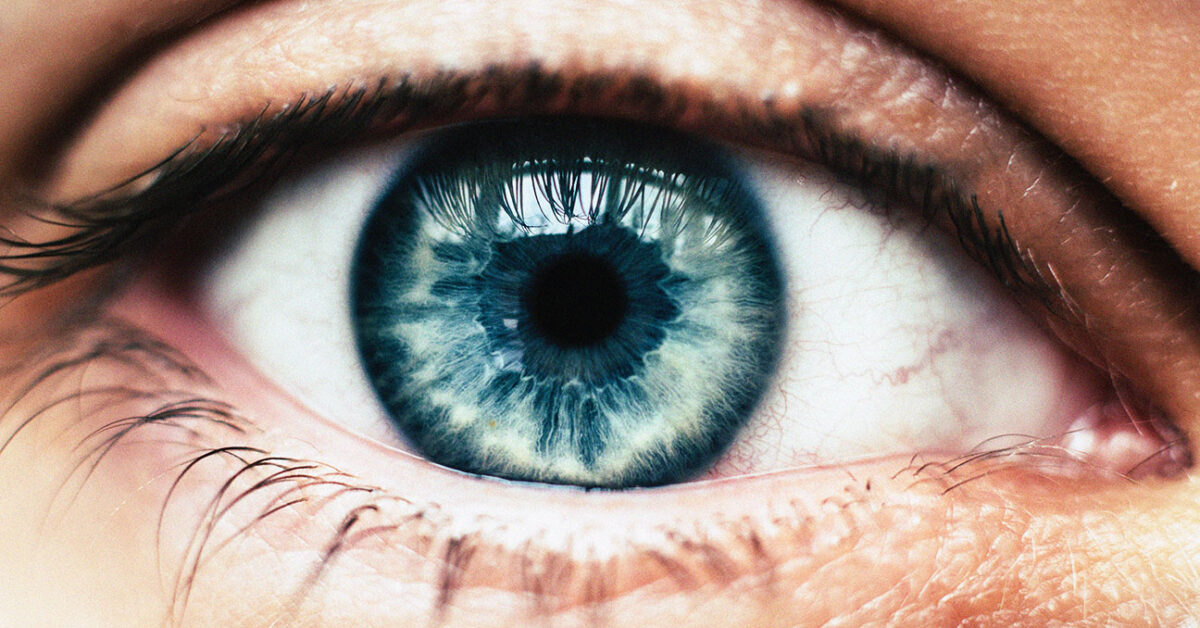Evaporative dry eye (EDE) is a type of dry eye syndrome that can cause swollen eyelids, itchy eyes, and blurred vision. These symptoms typically occur because the eyes are not producing quality tears that adequately coat the ocular surface.
EDE is relatively common, accounting for more than
Read on to learn about the symptoms of EDE, why it happens, and how to treat and prevent this common type of dry eye.
The most common symptom of EDE is uncomfortable or irritated eyes. This discomfort can take several forms:
Ironically, some people may experience excessive wateriness in the eyes because the irritation may cause the eyes to produce extra tears.
Adequate eye hydration requires regular tear production. Each time a person blinks, tiny drops of tears coat the eye and keep the surface smooth and free of debris.
Tears are a mixture of water, oil, and mucus. The oil in tears keeps water from evaporating quickly. Without this natural oil, however, the eyes cannot maintain the hydration they need.
Tiny glands in the upper and lower eyelids produce the oil for tears. These glands are called the meibomian glands. If these glands become blocked or irritated, they cannot produce oil for tears properly.
The meibomian glands can become blocked for several reasons. These include:
Staring at screens, small or large, can keep a person from blinking for prolonged periods. As blinking is necessary for proper eye hydration, less frequent blinking can lead to a person experiencing dry, irritated eyes.
The more a person stares at screens, the less they blink, and the more likely it is that the water layer will evaporate. This creates an imbalance in the tear film, with a relative excess of mucous and oil. Regular, frequent blinking restores the tear film composition while improving eye comfort and vision.
A person experiencing regular eye discomfort should see a doctor. Uncomfortable, painful eyes that last more than a few days are a reason to consult a professional.
The doctor will review a person’s general health, including any medications they are taking. They will likely also conduct a comprehensive eye exam.
Some doctors may prefer to send people with these symptoms to see an optometrist or ophthalmologist. Both of these doctors specialize in eye health and the treatment of eye issues.
During an eye exam, a doctor may use several tests to diagnose evaporative dry eye. These tests include:
Anyone can develop EDE. It is a common type of dry eye syndrome, which is a condition that affects
For example, females are
People with certain conditions may also be at higher risk. These conditions include diabetes, Sjögren’s disease, and skin conditions that cause increased oil production in the skin and glands.
The treatment for EDE depends on the severity of the symptoms, the underlying issues that are causing it, and what treatments a person can tolerate.
The types of treatment for EDE include:
Mild cases of EDE may only need minor treatments to ease the symptoms and help improve the outer oil layer of the tear film. These treatments include:
Ongoing pain and discomfort in the eyes is not a pleasant experience. In fact, it can be debilitating and make it difficult to carry out daily activities.
Without treatment, EDE can cause serious complications. For example, eye infections are more likely. Without proper hydration and cleansing of the surface of the eyes, bacteria and germs can linger longer and cause issues.
The eyes may become inflamed and irritated, which can lead to blurred vision and difficulty seeing.
If the irritation and dryness continue, it is possible to develop chronic exposure of the cornea. This can permanently affect eyesight.
Ulcers on the cornea and scars on the thin conjunctival membrane that lines the eyelids are also possible, and these
A person with a history of EDE or conditions that make them more likely to develop dry eye syndrome can take steps to prevent irritating symptoms. These measures include:
Treatment is successful in most cases of evaporative dry eye. Mild cases typically do not require advanced treatments, and they may clear quickly after even minor remedies.
If EDE is the result of an underlying health issue, such as Sjögren’s disease or eczema, the outlook depends on whether treatment of that condition is effective. The proper treatment of other health issues can help keep the symptoms of EDE under control.
EDE can be chronic. If this is the case, it will require regular, ongoing treatment to ease the symptoms and make them manageable. Medications, artificial tears, and home remedies such as warm compresses can all help.
Last medically reviewed on April 19, 2022
OUR BRANDS
